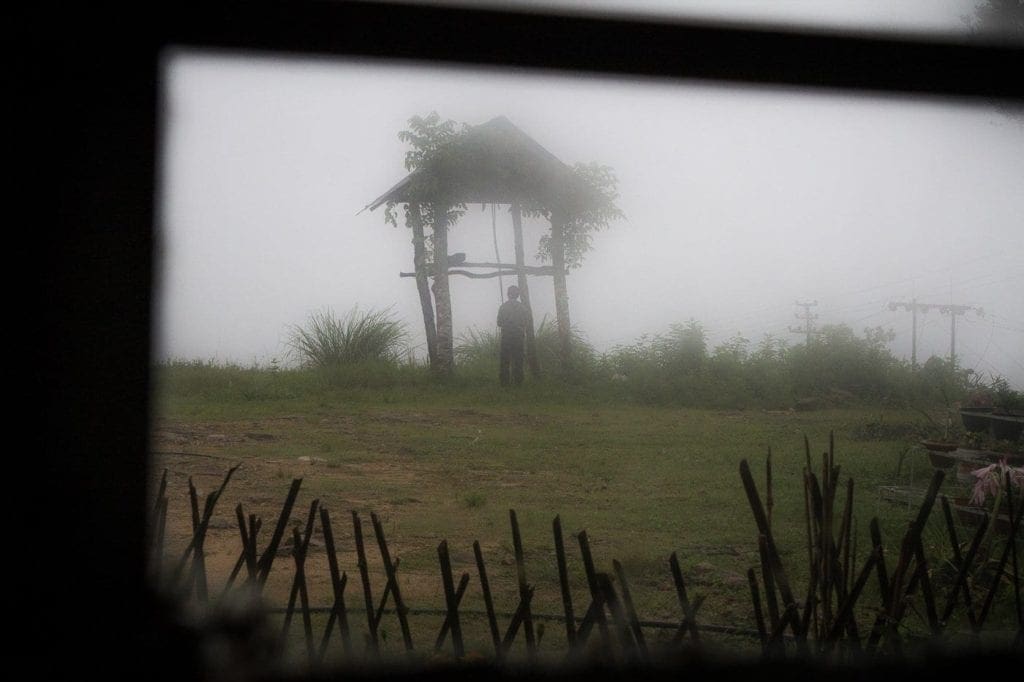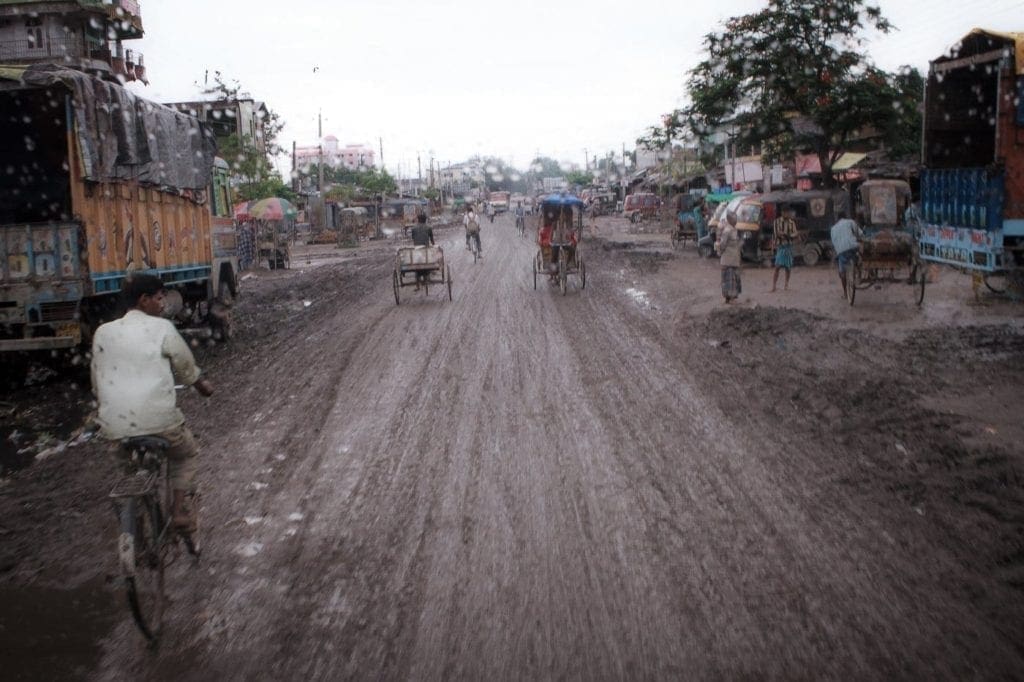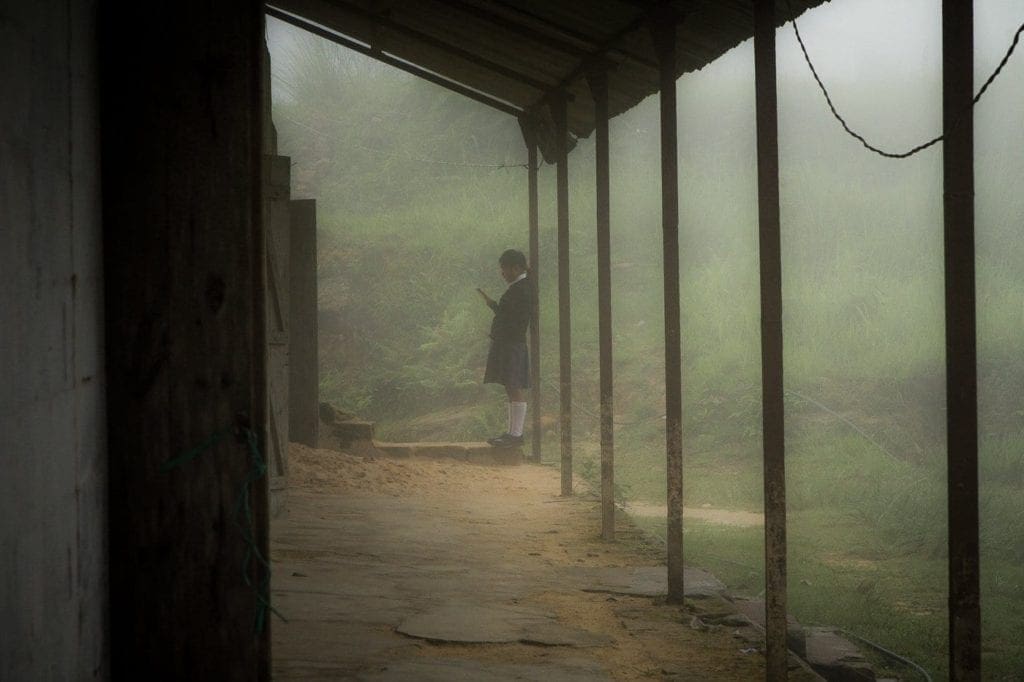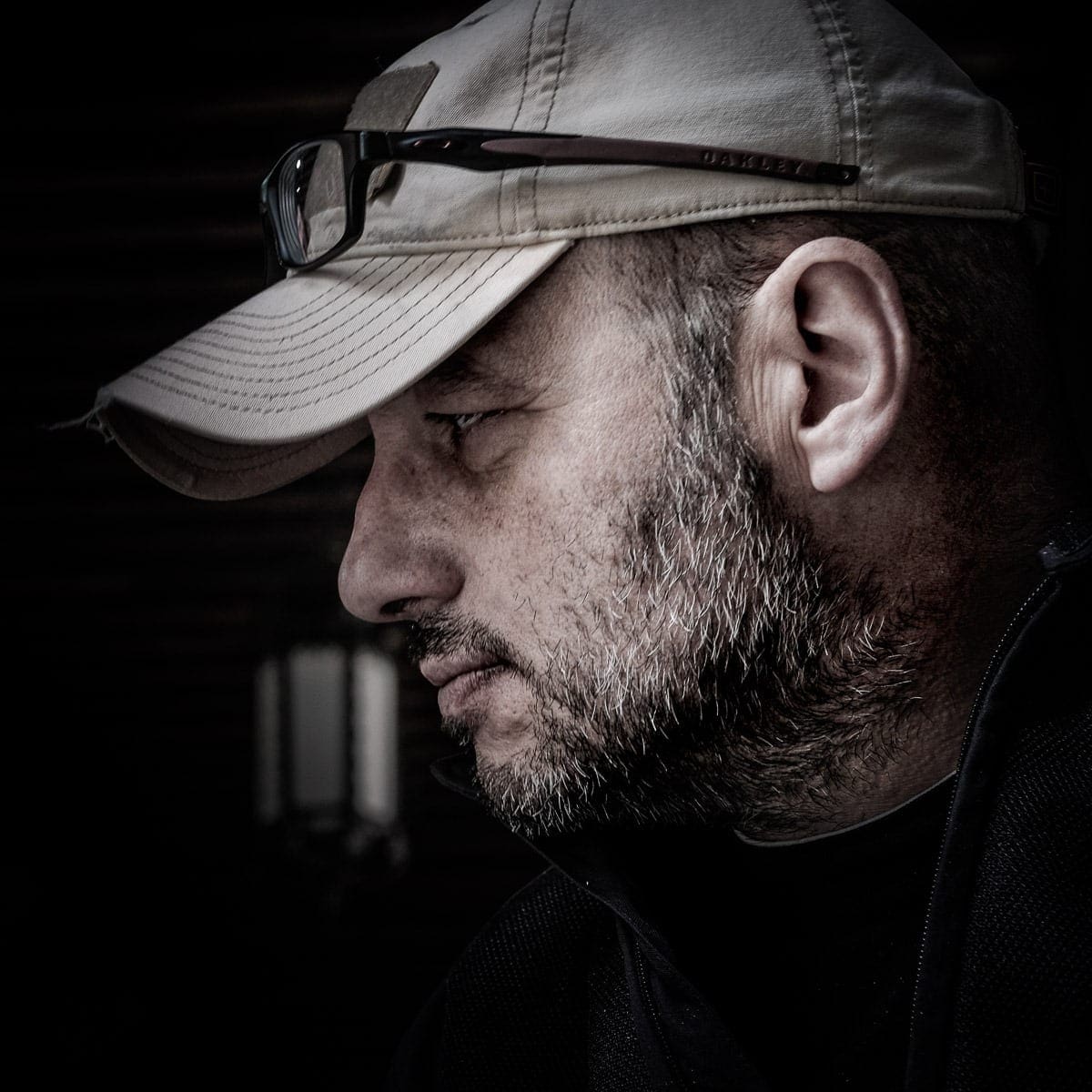It was 2012. During the monsoon season, I was asked to go to the far northeast of India for reportage in the states of Meghalaya and Assam.
Although I felt no curiosity and no boundless love for India – as many of my colleagues do – I accepted the service without hesitation. I still didn’t know what it meant to work with a camera at that time of year.
Monsoons: the wet season
It is a humid (very humid!) tropical climate typical of the Indian subcontinent, southeast Asia and southern China. The warm and particularly humid winds come from the Indian Ocean and blow from the sea towards the mainland. After travelling along the Deccam plateau, they collide with the Himalayan massif and cool down here, discharging large amounts of rain.
To my cost, I understood why the state of Assam is considered the rainiest area in the world. And Meghalaya – meaning: Clouds Dwelling is the wettest area on the planet with constants of 98%.
I packed the bag with a few light garments and with fabrics that could dry very quickly. Arriving there after a 14-hour flight and three stopovers, I realised that if I had dressed all in nylon it would not have made any difference anyway.
The moisture clinging to your skin was the only garment you couldn’t take off, and the frequent rains were the only relief to a perpetual feeling of discomfort.
It took me a week to dry some t-shirts and washed them after the smells from the heat started to become a social problem. But I quickly abandoned this practice and decided that I would wash, including my clothes, at 5 o’clock every afternoon, when the big evening rush arrived. And that was a winning idea!
The old Hasselblad
For that reportage, I chose to bring a medium format body with me, in addition to the digital bodies: an old Hasselblad 503 from the 1980s with a handful of 120 films already expired but still stored in the fridge at home instead of vegetables. What one does not do for photography!
I took everything back to Italy without ever being able to use it. My Hasselblad, including the optics, although stored inside the trusty airtight HPRC case had become covered with a thin layer of white mould that prevented it from being used.
Despite all the unforeseen events, working during the monsoon season turned out to be one of the most extraordinary experiences I could have had, and it remains so today, that I have much more experience and complex places in my shoes.
In the rainy season, the landscapes take on dreamlike dimensions, and the constant flat light put my preparation as a photographer to the test. But in that muffled dimension, one can do nothing but immerse oneself in body and soul and become part of that dense, wet, compact air that enters one’s lungs and makes one lose one’s breath. In a single thought, it felt like walking on clouds. And every step was a bounce.

Cambodia Climate
Like many other areas of the planet, due to its particular latitude and fairly uniform altitude, it has only two seasons: the dry season from October to the end of April and the wet season from May to September.
While travelling in Cambodia between October and December allows for fairly mild temperatures of around 26°, it is another thing to do it between May and June as the 35° average is accompanied by very high humidity.

We will travel eastwards one month before the end of the monsoon season. The wet season is the time when about 60% of the annual rainfall occurs and average temperatures are around 25° C.
Heavy, relatively brief rainfall is expected; limited to a few hours of the day but capable of flooding entire plantations, forests, or villages in a matter of moments.
In the way we will move, in the areas where we will work, we will be able to count on the total absence of tourists and, above all, experience the real living conditions of the people in the villages, participating in their daily life during the difficulties that come with living in a… wet climate.



